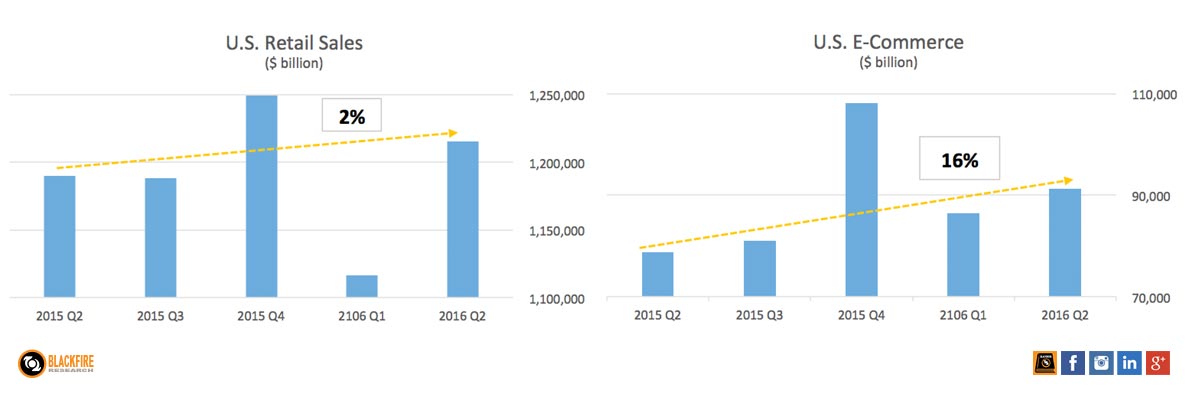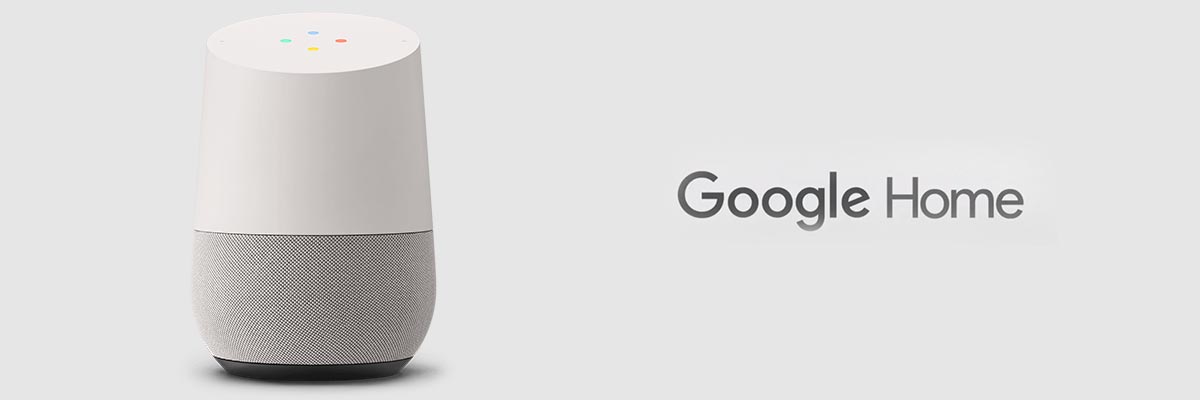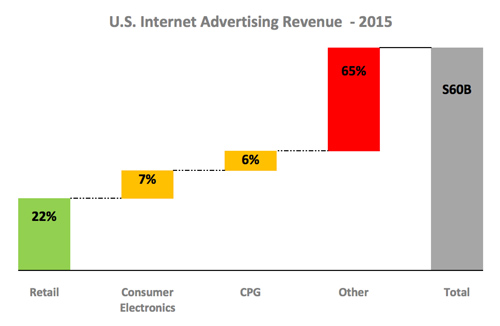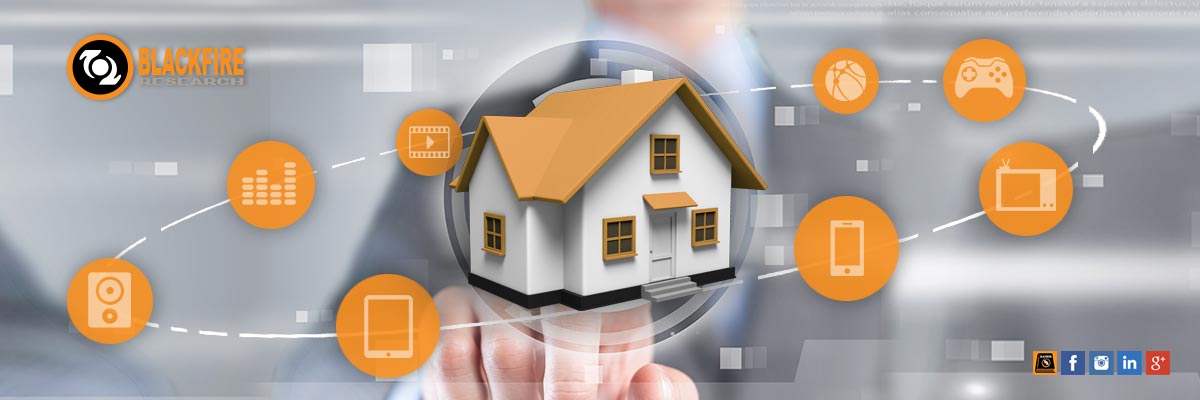Imagine your perfect Smart Home. Would it have facial recognition locks so you wouldn’t have to worry about ever losing your keys? Or how about tinted windows that adjust to the amount of sunlight coming in, maintaining a perfect temperature inside at all times? If you’re anything like me, your perfect Smart Home would have a completely wireless, multi-room entertainment system, capable of streaming 4K video and 5.1 channels of discrete audio to speakers and screens placed throughout the home. That idea isn’t impossible today, however, it’s not being done. At the moment, the vast majority of home entertainment systems are wired, and their placement is dictated by cable lengths. And TVs are limited to soundbars that may reduce movies and music into a garbled monophonic fizz. This means that multi-room entertainment systems, a staple for Smart Home Entertainment, aren’t all that common or attractive, unless you’re into the whole tangled-wired-mess vibe.
The most cutting-edge technology for TV today is 4K, or Ultra High Definition (UHD). 4K TVs give flicker-free pictures at 60 frames per second, and up to 10 bit color. To send a 4K TV signal and 5.1 audio signal wirelessly, you’d need to transmit data at just over 80 Megabits per second (MB/s) to avoid any obvious visible artifacts. The newest WiFi routers you can buy use the 802.11ac standard to send data at a 5GHz frequency, which is a theoretical max data rate of 1.3 Gigabits per second (Mb/s).
So, if wireless, multi-room entertainment systems capable of streaming 4K video and 5.1 channels are possible, why isn’t it being done? The problem is in your WiFi. Conventional WiFi runs on TCP (Transmission Control Protocol) which was designed in the 1960’s for transferring files down wired Ethernet lines, not streaming real-time video and wireless audio for the Smart Home.
TCP is outdated.
Let’s take a closer look at TCP. TCP was originally designed to break a file into smaller packets of data, and send it piece by piece down a twisted-pair wired network connection to a router. The goal was for all the packets to eventually get to the router, no matter how long it took the file to get there. This is called “asynchronous.” Remember back in the day when you’d download music from Napster or LimeWire and it took an entire afternoon to get just a few songs? Yeah, that’s basically it.
Routers in those days could only handle so many packets at a time before choking.The lost packets were retransmitted, and so each file could only be sent to one destination on the network at a time. And if packets were getting lost, TCP would not only retransmit the lost packets, but also send the packets at a slower rate allowing the router to digest all the packets it was being sent to prevent further data loss.
TCP is wasting your precious bandwidth.
Today, in a 5GHz wireless network, it is much more likely that packets are lost through interference (transmission loss) than the router getting choked (continuous data congestion at the router). So, TCP’s approach of throttling back the data rate makes bandwidth congestion worse, not better. Tom’s Hardware site did a benchmark test of TCP vs the raw data transmission without all it’s throttling back. With TCP, they measured between 114 and 180 MB/s across five top router brands. Without TCP re-transmission they could reach 606 to 637MB/s with those same five routers.
Another important thing to keep in mind is that using wireless streaming services like Spotify or Netflix is not like sending an email. Music and video streaming have much higher demands than file transfer: packets of a streamed audio or video file have to arrive and be processed at a speed that allows a constant stream of packets to arrive reliably so there are no dropouts in the music or movie. And, if you just so happen to have multiple wireless TVs and speakers, they each have to receive the same data simultaneously.
Network interference can come from intentional transmitters, like other routers and WiFi devices on the same or adjacent channel, a cell phone or a nearby mesh-network music system, or unintentional transmitters, like a microwave oven. Noise changes by the microsecond, and with each millimeter of position- so perhaps think twice before opening that package of microwavable popcorn if you’re streaming a movie to multiple wireless speakers using a network built on TCP.
Enter Blackfire RED.
When it comes to creating your perfect Smart Home of the future, why not start today? Remember earlier when I mentioned that wireless, multi-room entertainment systems capable of streaming 4K video and 5.1 channels aren’t being done? Well, with Blackfire Realtime Entertainment Distribution (RED) protocol, it can be done, and easily. Blackfire RED can interpret all that network interference and identify where it is coming from. Blackfire RED is synchronous, multipoint, and has an intelligent adaptive algorithm for managing packet retransmission, resulting in improved signal reliability, tighter synchronization, and reduced latency. And the best part? Blackfire RED works completely wirelessly throughout your home.
The idea of your perfect Smart Home doesn’t have to remain a distant fantasy. Truly connected, wireless Smart Home Entertainment is possible today, but your current WiFi is built on an outdated protocol that can’t support the latest technology (or technology of the future). You don’t still walk around with a pager, do you? Why do we upgrade some technologies and not others? I know you’ve ditched the pager. Now go ahead, ditch TCP and say hello to twenty-first century Smart Home Entertainment.














